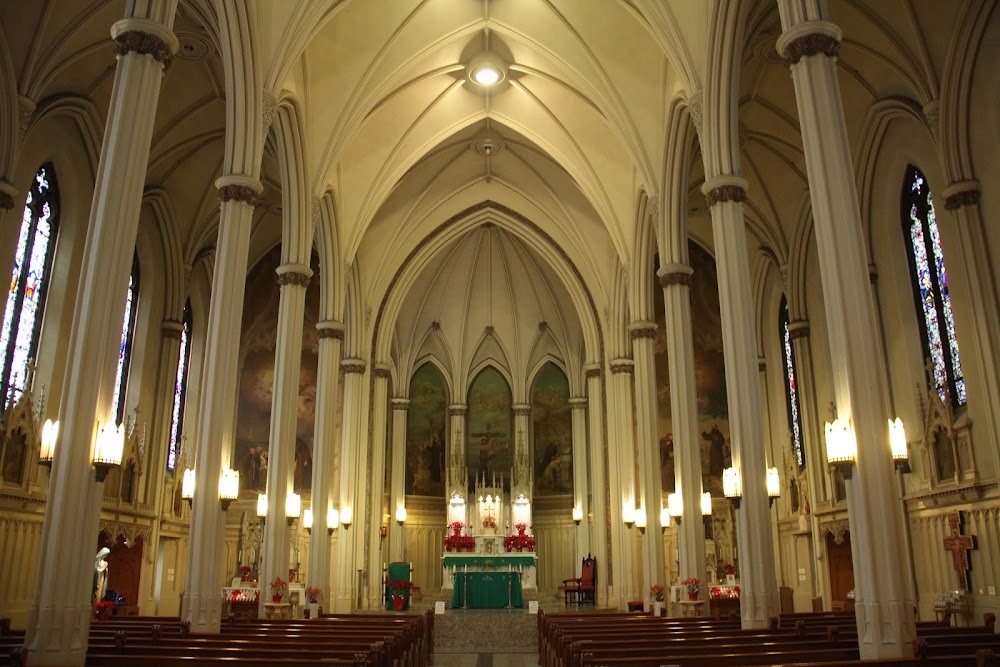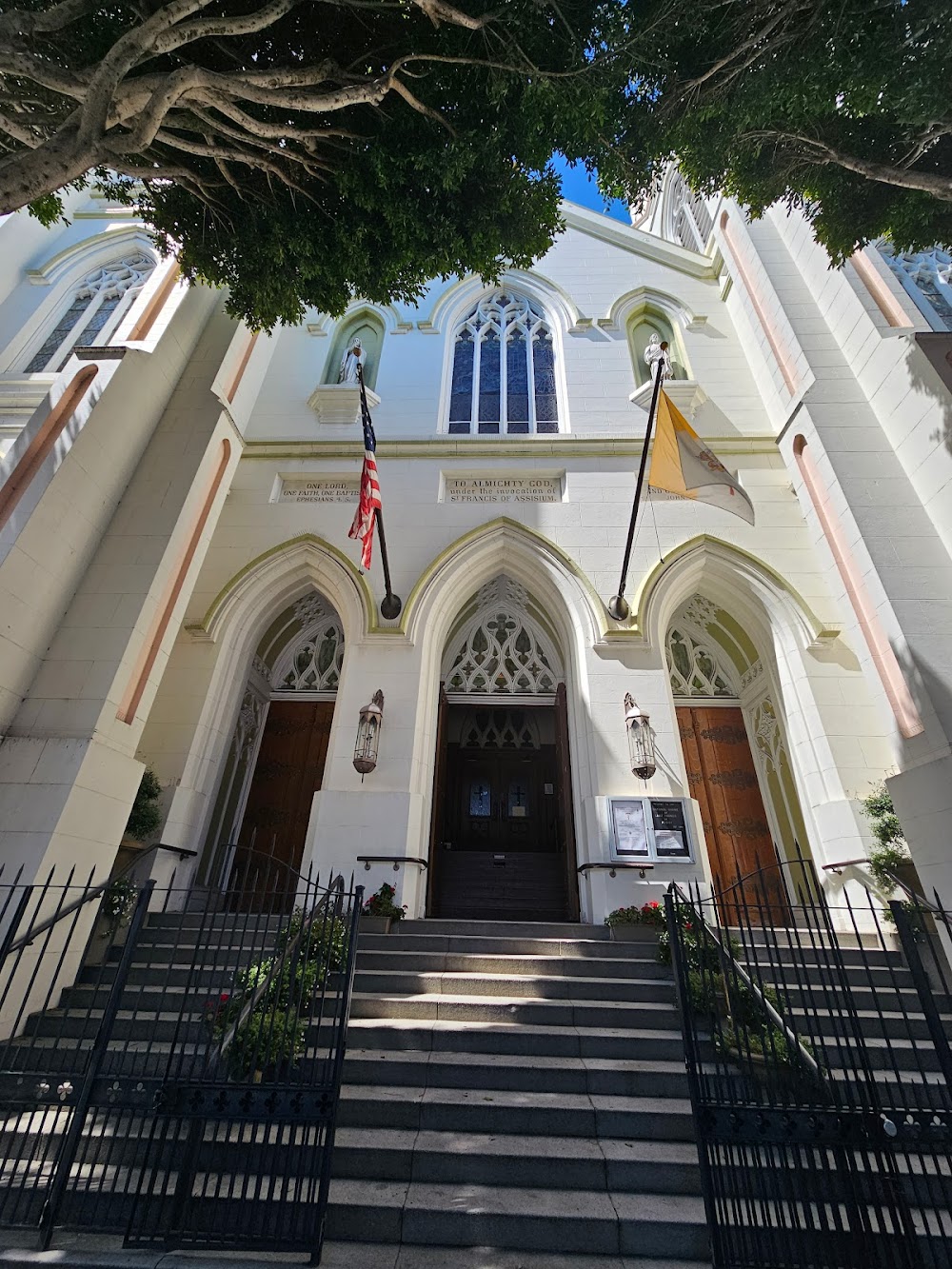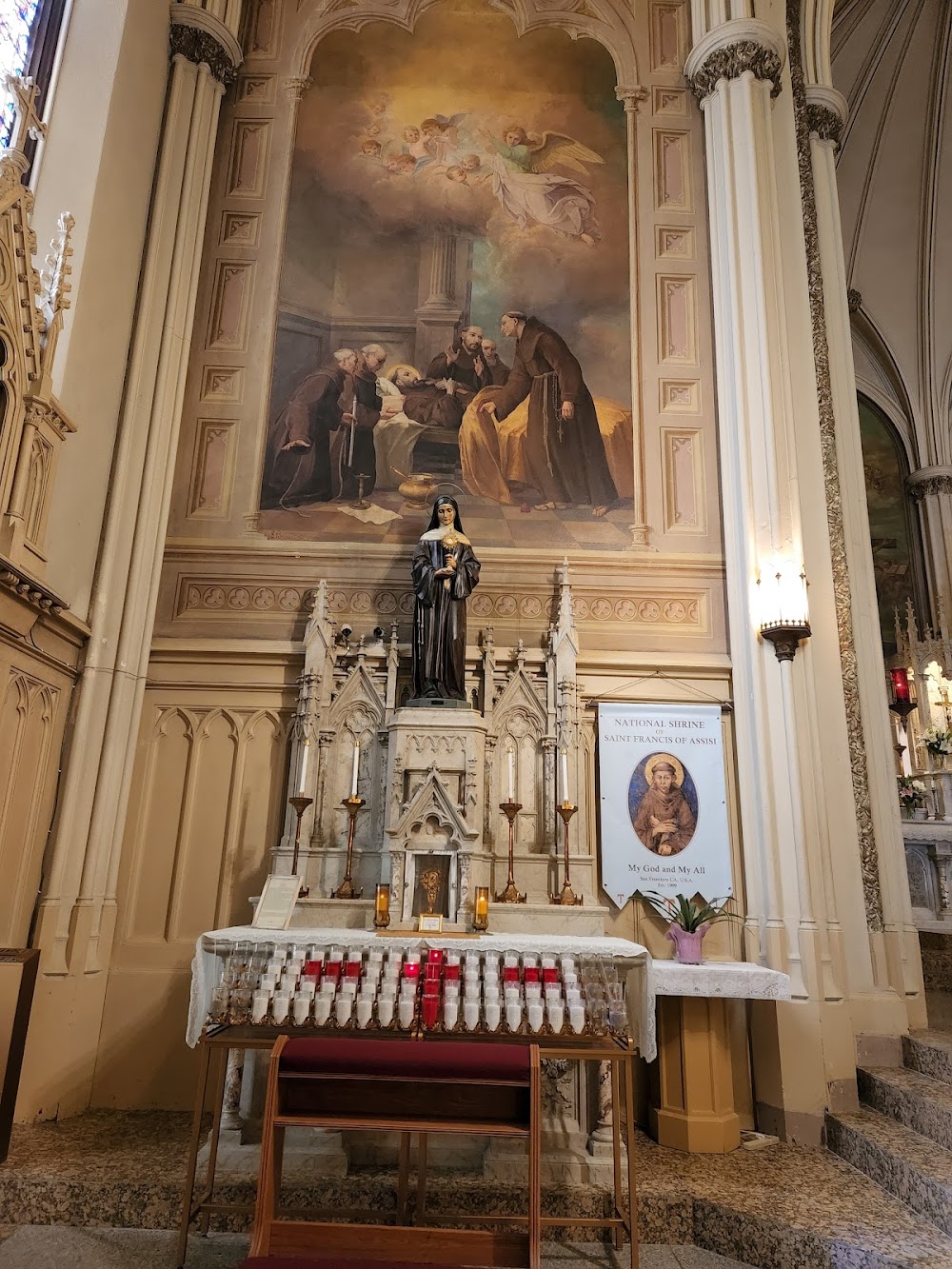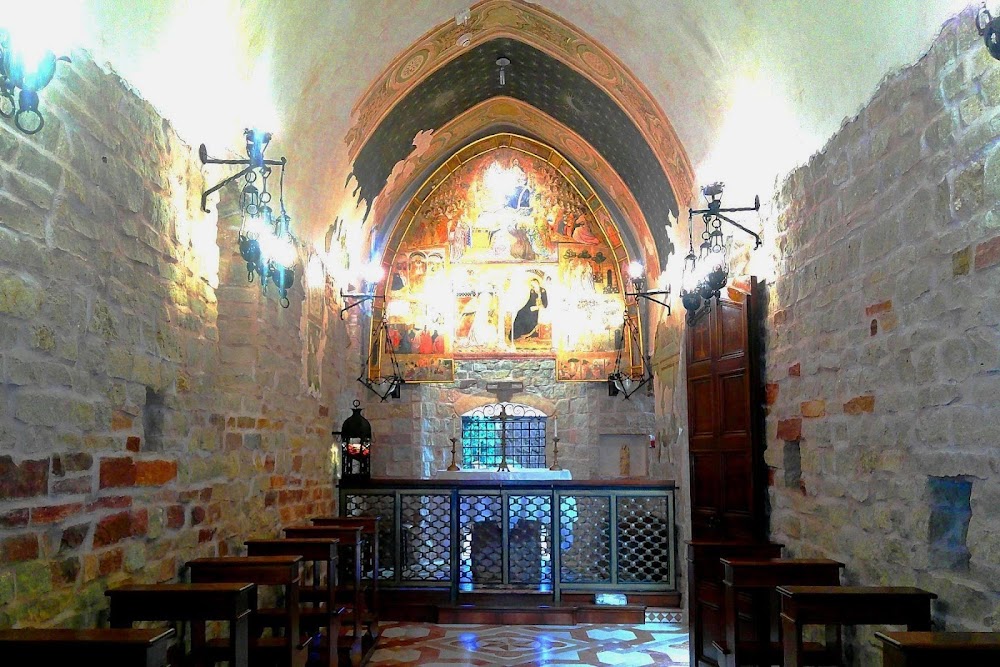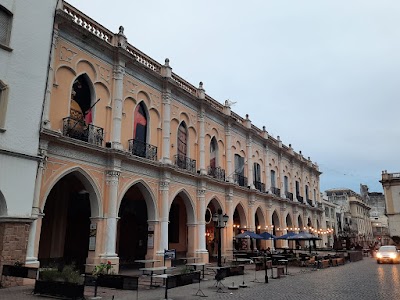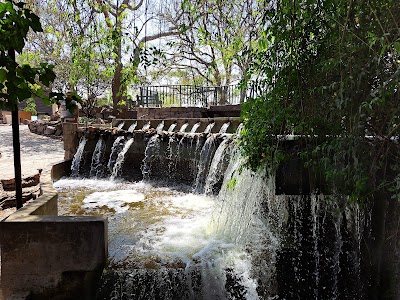San Francisco Church (Iglesia San Francisco)
Overview
The National Shrine of St. Francis of Assisi, commonly referred to as the San Francisco Church, is a breathtaking architectural gem nestled in the heart of Salta, Argentina. More than just a house of worship, this iconic structure stands as a testament to the city's rich religious and cultural heritage, captivating visitors with its beauty and historical significance.
The roots of the San Francisco Church trace back to the late 16th century when the first Franciscan friars arrived in Salta. They initially constructed a simple adobe chapel to cater to the local community's spiritual needs. However, as the population swelled and the church's role within the community grew, it became clear that a more substantial structure was essential.
Construction of the current church commenced in 1759 under the guidance of the Franciscan friars, who envisioned a grand edifice that would embody the glory and reverence of their faith. This ambitious project involved considerable resources and workforce, with local artisans and indigenous workers collaborating to create a remarkable fusion of European and indigenous architectural styles.
The church was constructed using locally sourced bricks and stone, resulting in a façade that exemplifies colonial baroque architecture. This stunning exterior is characterized by ornate details, intricate carvings, and vibrant colors, with warm brick tones beautifully contrasting against the white stucco and decorative elements that embellish the building.
Among the church's most striking features is its magnificent bell tower, soaring to an impressive height of 54 meters (177 feet). Completed in the 19th century, the tower is crowned with a distinctive dome and cross, making it a prominent landmark within Salta.
Stepping inside, visitors are greeted by an awe-inspiring interior, showcasing soaring ceilings, elegant arches, and lavish decorations. The main altar, crafted from exquisite marble and adorned with gold leaf, reflects the exceptional craftsmanship of the artisans who contributed to its creation. Numerous side chapels house beautiful statues and religious artifacts, each telling its own unique story.
An intriguing chapter in the church's history is its role during the War of Independence in Argentina. In 1810, the church served as a refuge and meeting place for revolutionary leaders who strategized their efforts to achieve independence from Spanish rule. This involvement has solidified the church's status as a site of national significance.
Over the years, the San Francisco Church has undergone several restorations to preserve its structural integrity and artistic beauty, ensuring it remains a vibrant place of worship and a major tourist attraction.
Today, visitors to the National Shrine of St. Francis of Assisi can immerse themselves in its architectural splendor and experience a profound sense of tranquility within its walls. The church continues to host religious ceremonies, cultural events, and community gatherings, reinforcing its role as a cornerstone of the city's spiritual and social life.
In addition to its religious functions, the church houses a museum featuring a collection of religious art, historical artifacts, and documents related to its rich history and the Franciscan order. This museum offers visitors a deeper insight into the church's significance and its pivotal role in the cultural and historical tapestry of Salta.
The National Shrine of St. Francis of Assisi stands as a lasting tribute to the legacy of the Franciscan friars and their unwavering commitment to faith and community. Its rich history, stunning architecture, and cultural importance make it an essential destination for anyone seeking to explore the vibrant heritage of Argentina.


